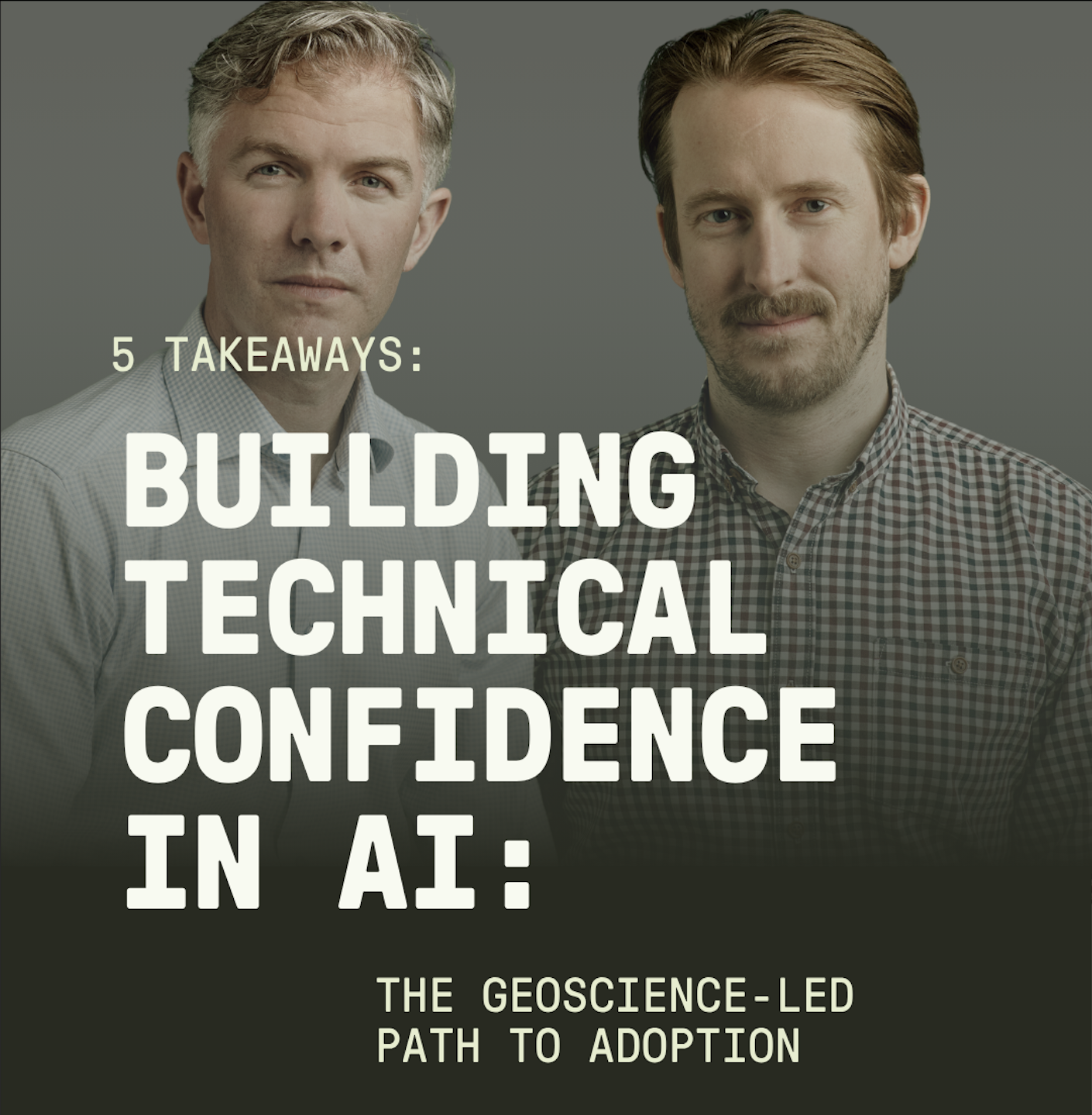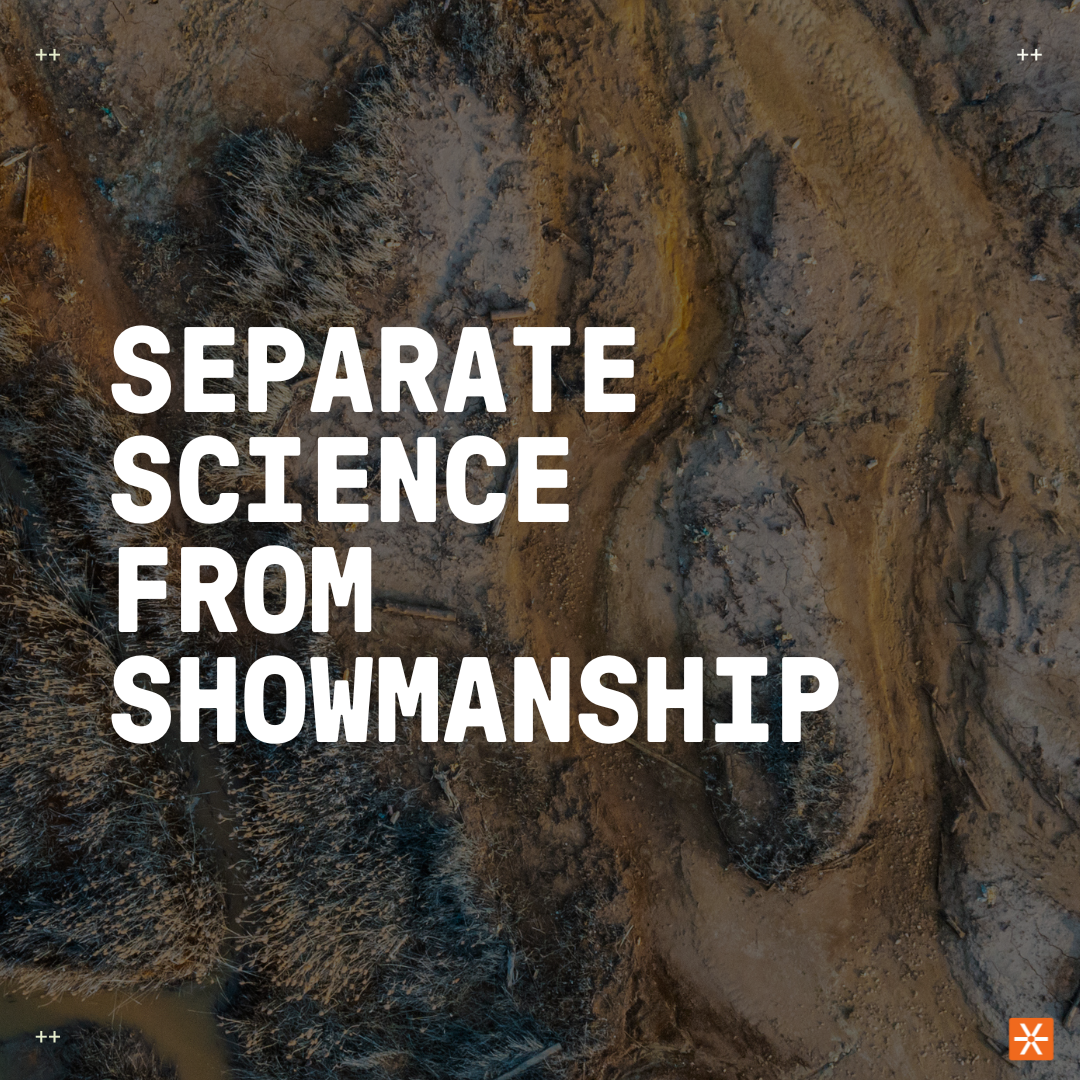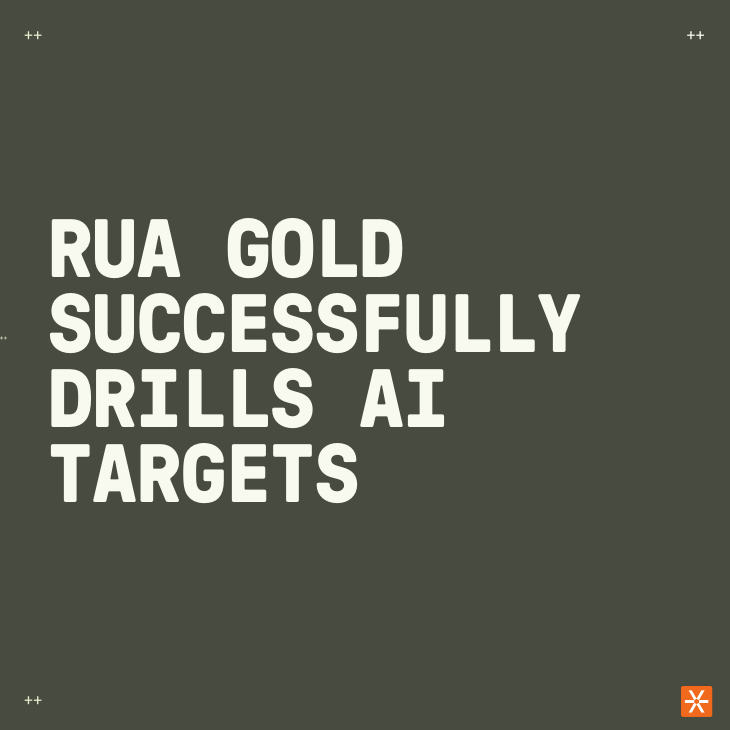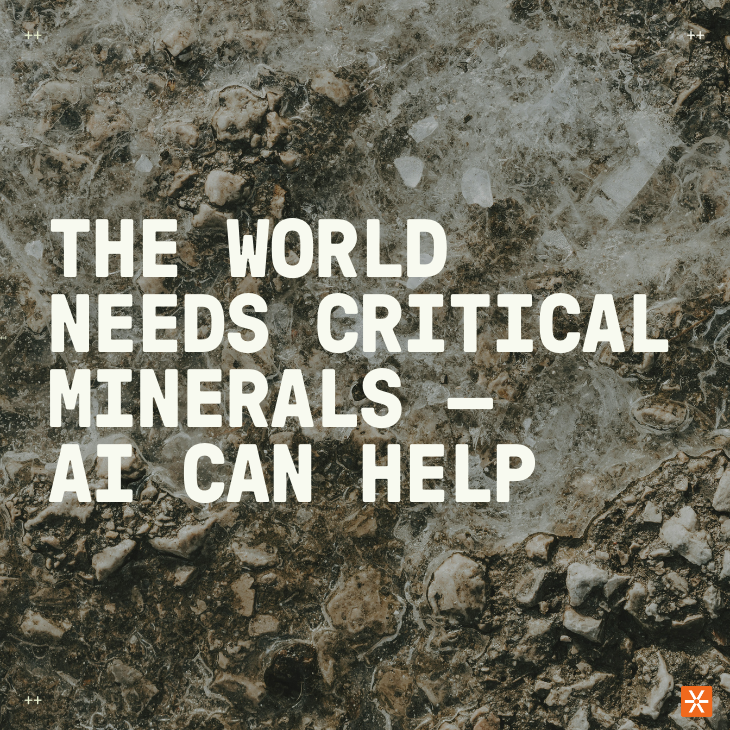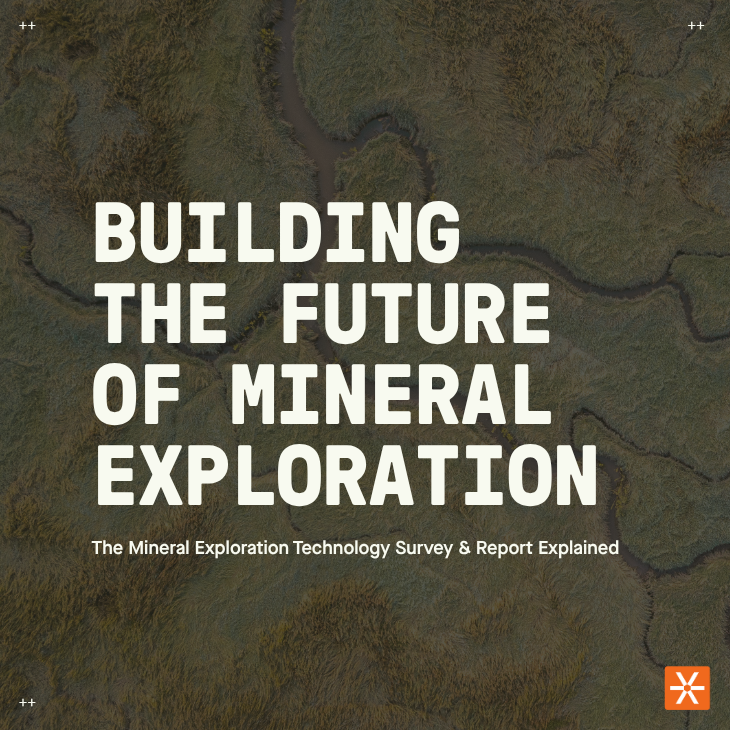AI is changing every industry, and mineral exploration is no exception. From reshaping how geoscientists leverage data and how investors assess risk, to how quickly exploration plans come to life, it’s clear that AI has and will continue to have massive implications across all phases of the mining lifecycle. If you caught Episode 1 of The VRIFY Podcast you heard VRIFY CEO and Co-Founder, Steve de Jong, and VP of Marketing, Michael Preuss, unpack that shift in real time.
This article takes their conversation and focuses on five key takeaways you can scan and save for later. Whether you’re investing, exploring, or just trying to stay ahead of the curve, these insights will help you see where AI is already adding value, and where first movers are earning a premium. Let’s dive in.
5 key takeaways on what’s really happening with AI in mineral exploration
- Abandoning "First to Be Second"
Choosing the right AI platform for your project or portfolio can feel daunting. As Steve points out in the episode, “I think you're going to judge a company like ours as a potential investment or as a potential partner by the success that the company has had and, ultimately, the time-to-value in working with them.”
The mining sector has traditionally operated with a “first to be second” mentality, letting a peer prove a technology works before jumping in. This cautionary approach can have its place, but moving beyond incremental gains requires measured risk, and balancing healthy scepticism with a willingness to test new tools. With the use of AI in mineral exploration rising at unprecedented speeds, the key is to get your AI plan into play soon in order to best leverage the opportunity. Though Steve and Michael suggest moving quickly, they also recommend taking appropriate steps in terms of due diligence and practical tests.
- Vibe Exploring
Borrowing a term from software engineering’s “vibe coding,” vibe exploring is the idea that geoscientists can hand rough or sparse data to an AI model and receive a 3D target model incredibly quickly, iterating on the first outputs to get to a good spot with actionable data that can inform exploration decisions, helping teams allocate resources and move faster with greater confidence. The concept of vibe exploring would allow teams to work quickly, while still receiving unbiased, valuable results. In practical terms, weeks of manual interpretation could be compressed into hours, helping propel projects forward. The term may be controversial, as Steve and Michael both acknowledged they’re not geoscientists, but we think vibe exploring could be a key part of rethinking the future of mineral exploration and how it adapts to new ways of working.
- 99% of Data Goes Unused
Approximately 99% of exploration data goes unused, which means a lot of valuable information is often left behind. This isn’t because geoscientists aren’t doing their jobs, it’s because the sheer amount of data they need to analyze is more than any human brain, or team of human brains, can process efficiently and without bias. The problem isn’t a lack of information, it’s how we use it. AI is able to solve this problem by helping teams work towards 100% data utilization, identifying patterns and insights humans can easily miss. By prioritizing data utilization, we believe exploration teams will be able to uncover areas of potential mineralization that may have been previously overlooked.
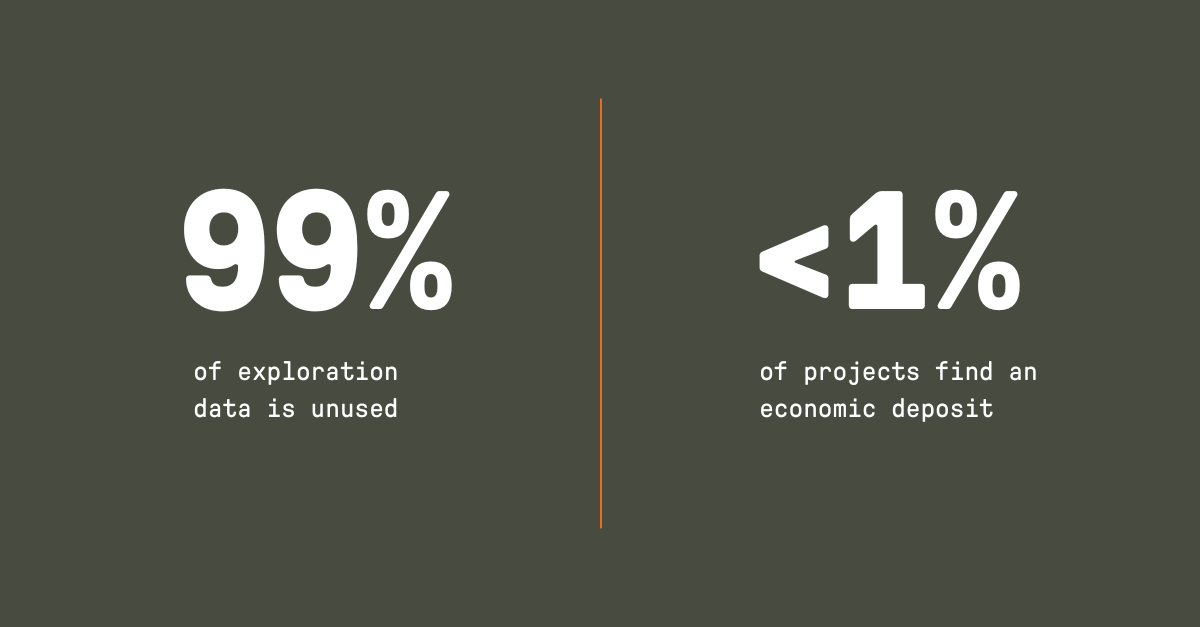
- Re-Exploration
“The best discoveries are found in the shadow of a headframe,” Steve reminds us. An idea proven by the discovery of the Triangle deposit at the Lamaque project, where significant gold mineralization hid beneath a swamp beside two century-old mines. AI excels at marrying brownfield data with today’s compute power to flag look-alike deposits that may be hiding right next door. Before spending budget on exploring distant greenfield areas, it can be prudent to use historical and new exploration data within a new predictive model to assess if your next intercept may already lie within a previously producing area. Additionally, re-evaluating known camps can be cost effective, reduce land disturbance, and create more efficient permitting timelines.
- It’s Not Just What You Found: It’s How You Found It
Investors are starting to expect that companies worth investing in have an AI strategy. As Steve highlights in the episode, “Investors are going to put a massive premium on companies that use AI, or a massive discount on those that say they don’t need it”. A successful drill intercept still grabs headlines, but today’s investors are likely to ask a follow-up question: Could you do it again? AI helps companies have the clear, repeatable, high-confidence targets that investors want to see.
AI is no longer an afterthought in mineral exploration. It’s becoming one of the main ways companies and investors decide where to spend time, money, and drill metres. The five points above show how quickly the landscape is shifting, from smarter use of old data to the growing value investors place on a clear AI plan. These highlights only scratch the surface, in the full episode, Steve and Michael expand on these ideas, and cover many more.
<hr />
You can find “What’s Really Happening with AI in Mineral Exploration” on the VRIFY YouTube channel, click through to listen and subscribe for future episodes.

.png)
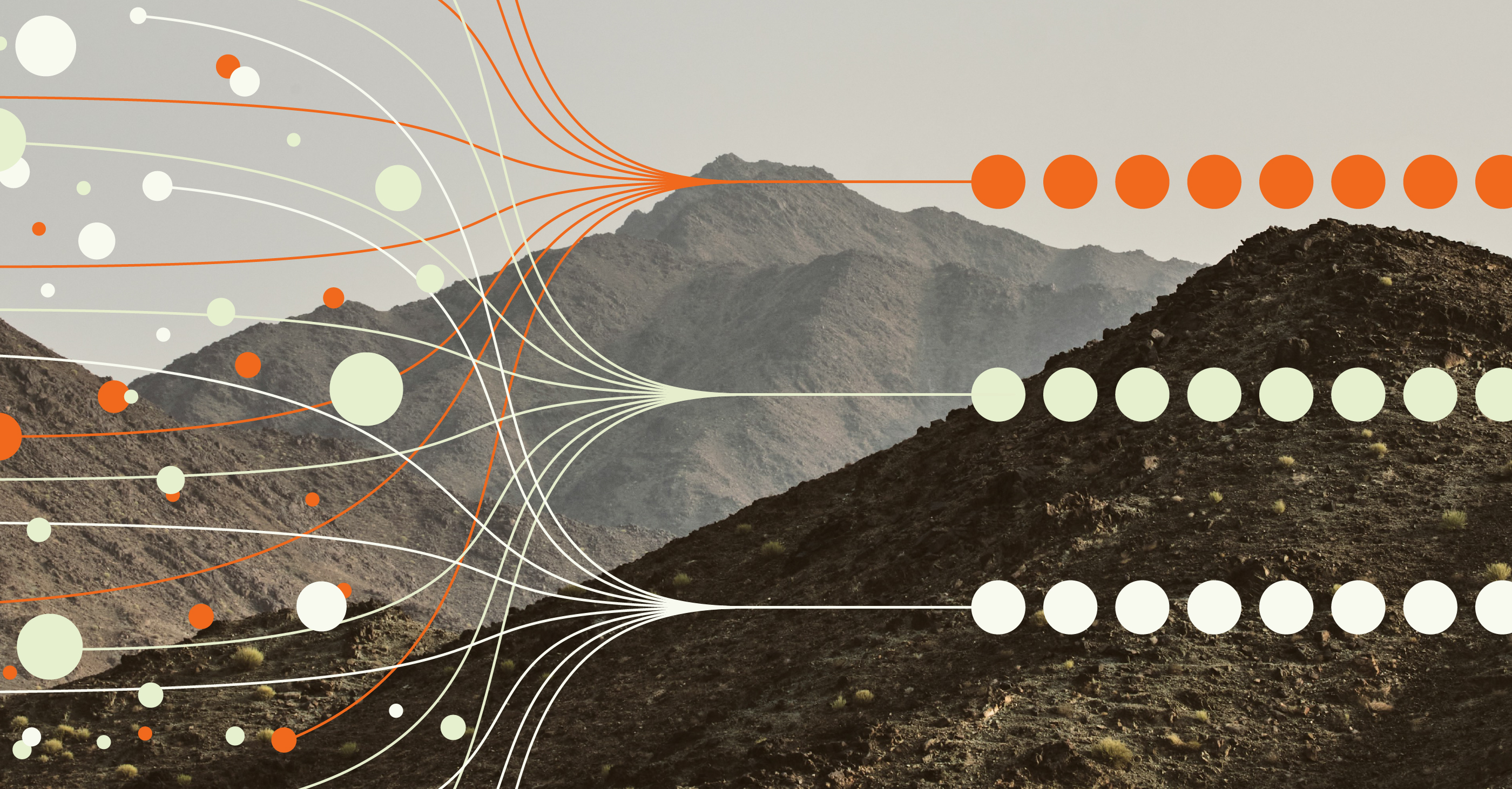

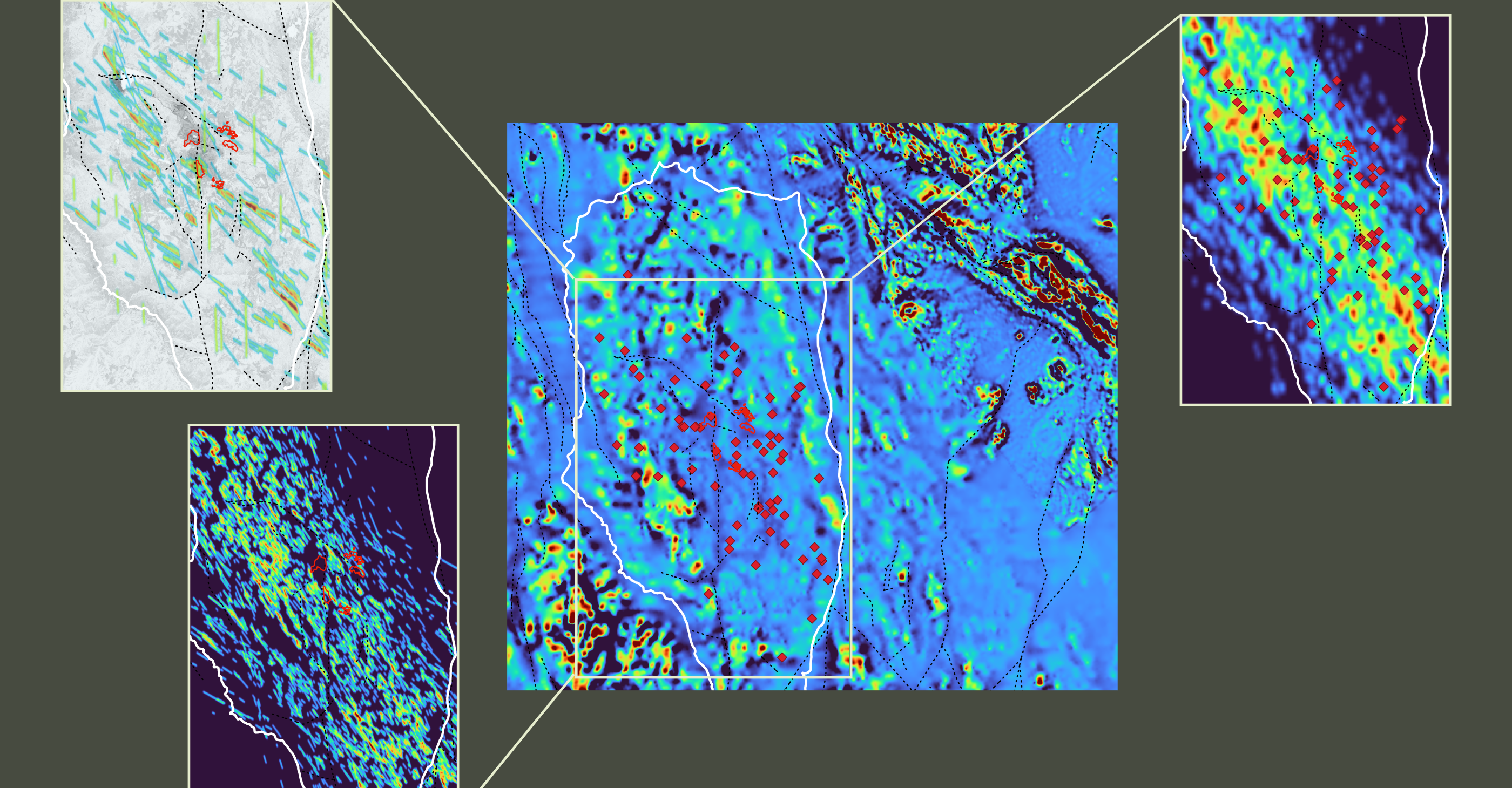
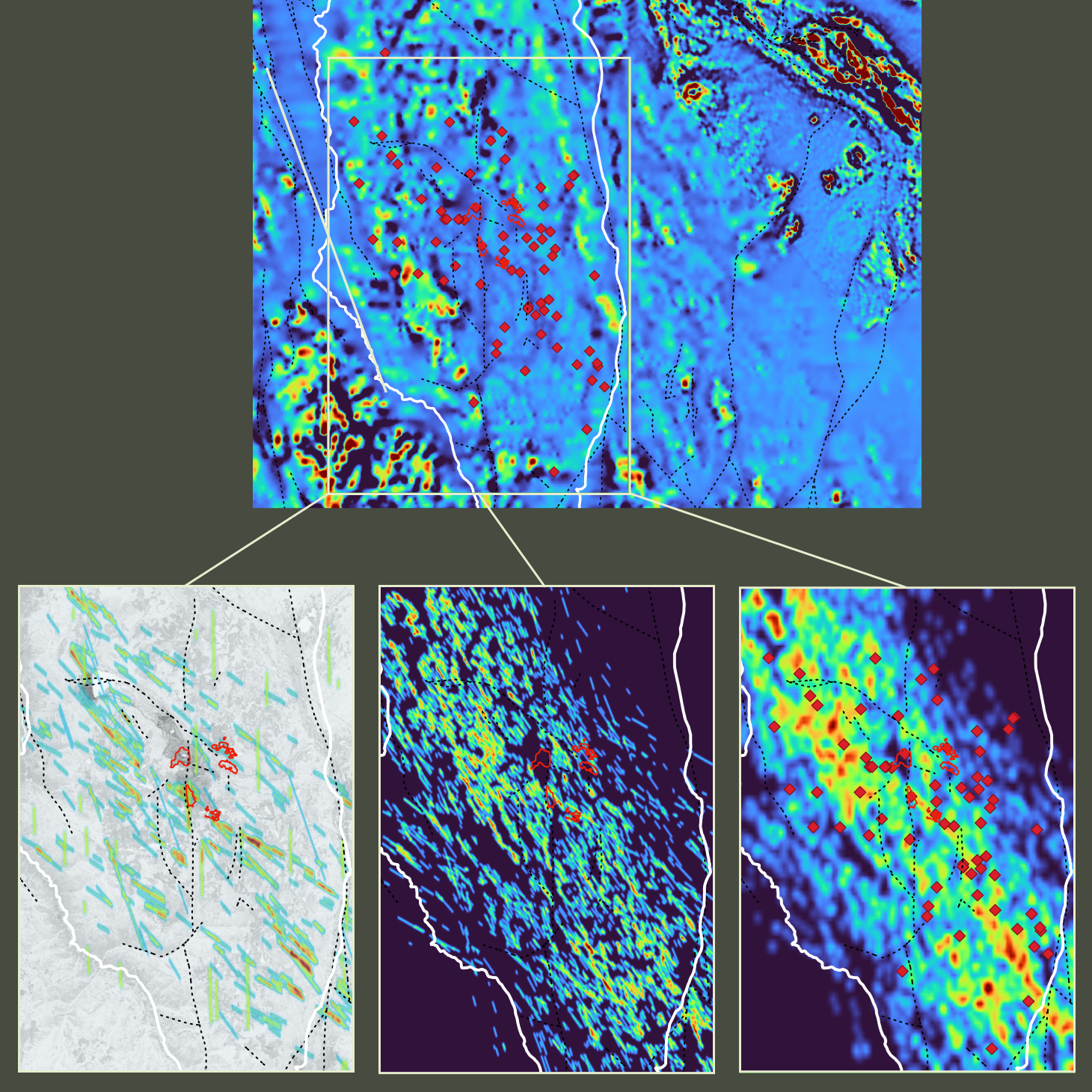



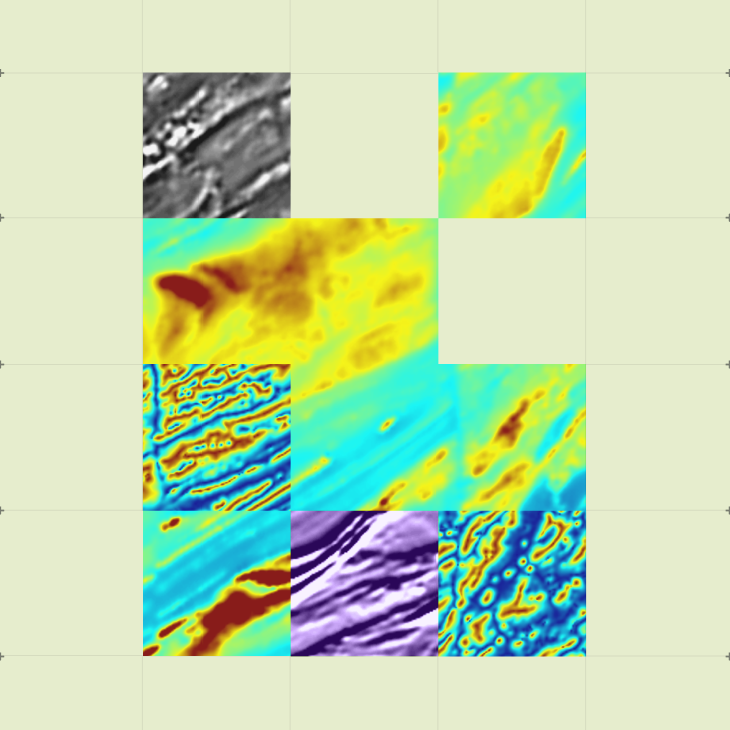
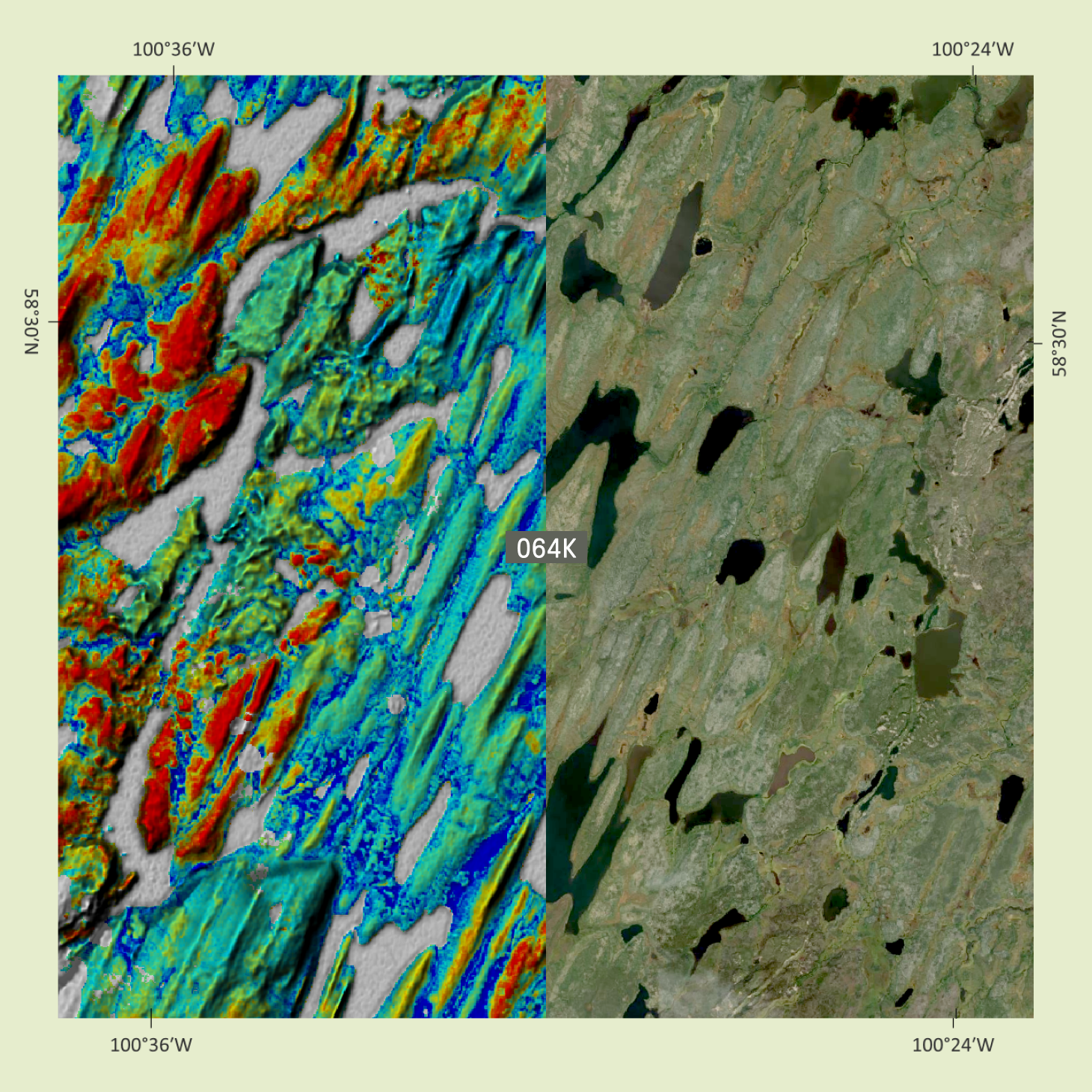
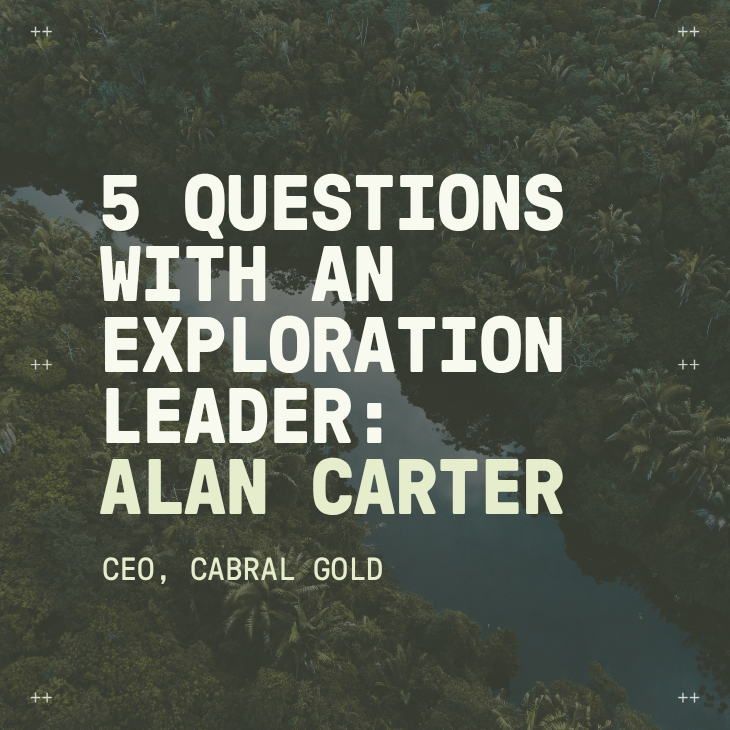
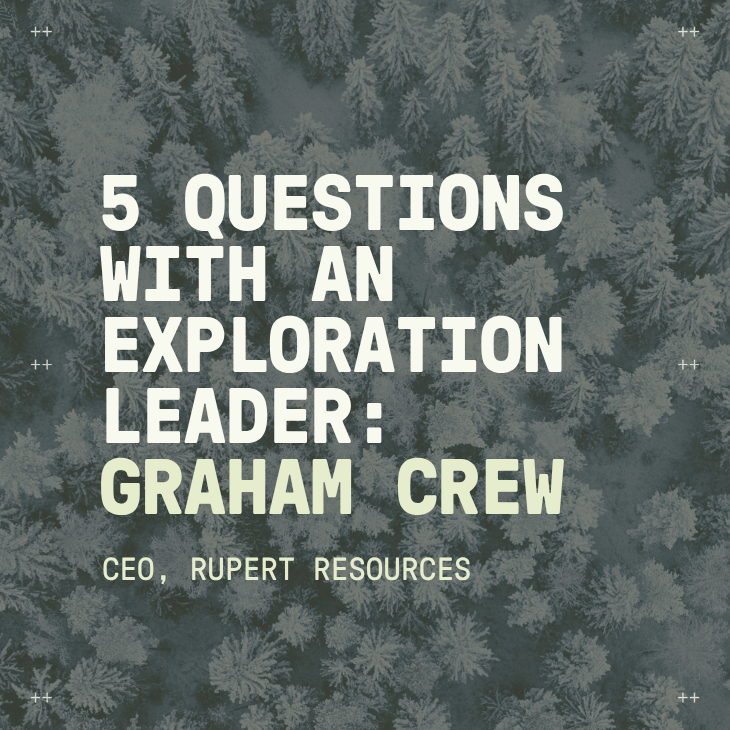
.png)
